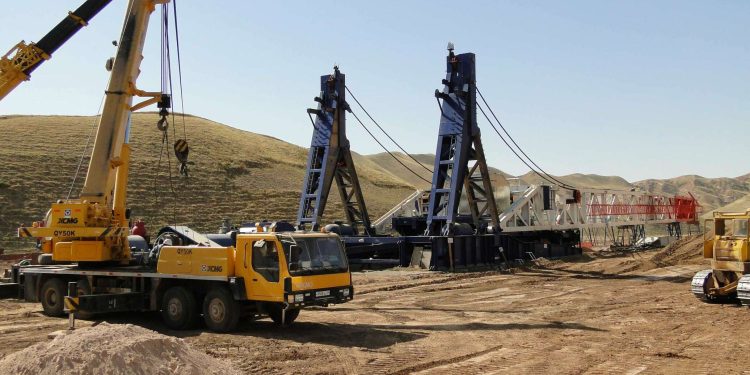Lukoil May Increase Investments In Geological Exploration By 30% In 2024
According to the head of the company’s geological exploration department, Alexander Semyanov, investments could grow to 47 billion rubles compared to 36 billion rubles in 2023.
Lukoil’s investments in geological exploration may grow by 30% this year – to 47 billion rubles, compared to 36 billion rubles in 2023, follows from the presentation of the head of the company’s geological exploration department, Alexander Semyanov, to the board of Rosnedra.
“The volume of prospecting and exploration drilling this year should be 200 thousand meters of rock, which is higher than the average annual penetration over the past five-year period,” he said. Semyanov emphasized that in the last five years the success rate of the company’s exploratory drilling exceeds 80%.
As stated in the presentation, the increase in the company’s hydrocarbon reserves in categories B1 and C1 in 2024 is planned at the level of 40 million tons of fuel equivalent, while in 2023 the level was expected to be 66 million tons of equivalent fuel. T.
According to Semyanov, the company discovered 23 new deposits and 4 fields last year, including the field named after. Maganov in the Caspian Sea with recoverable reserves of 136.2 billion cubic meters of gas and 32.8 million tons of liquid hydrocarbons. Half of Lukoil’s Russian oil production comes from hard-to-recover reserves; share of hard-to-recover reserves is 59%. To stimulate the development of hard-to-recover reserves, the company proposes a number of changes to tax legislation, Semyanov said. In particular, the company proposes to extend the preferential treatment under the mineral extraction tax for such reserves from the current 15 to 20 years from the start of production. “The Lukoil company is gaining experience in the study and development of hard-to-recover reserves and believes that the current preferential regime for calculating the mineral extraction tax has a positive effect on the possibility of developing this type of reserves. The established benefits successfully stimulate the development of new technologies for the development of hard-to-recover reserves, and we propose to extend it for 60 tax periods – meaning months, to the current 180,” he said.
The company also proposes to take into account the costs of subsoil users at the exploration stage when calculating the AIT, Semyanov added. “One of the forms of stimulating geological exploration, in our opinion, is taking into account the costs of subsoil users at the exploration stage. What is happening now – having drilled a well, done seismic exploration, received a license even at an auction… having spent money, when obtaining a license for the right to produce, we cannot calculate the AIT include costs at the search stage. We propose to make appropriate changes to the Tax Code of the Russian Federation,” he explained.











